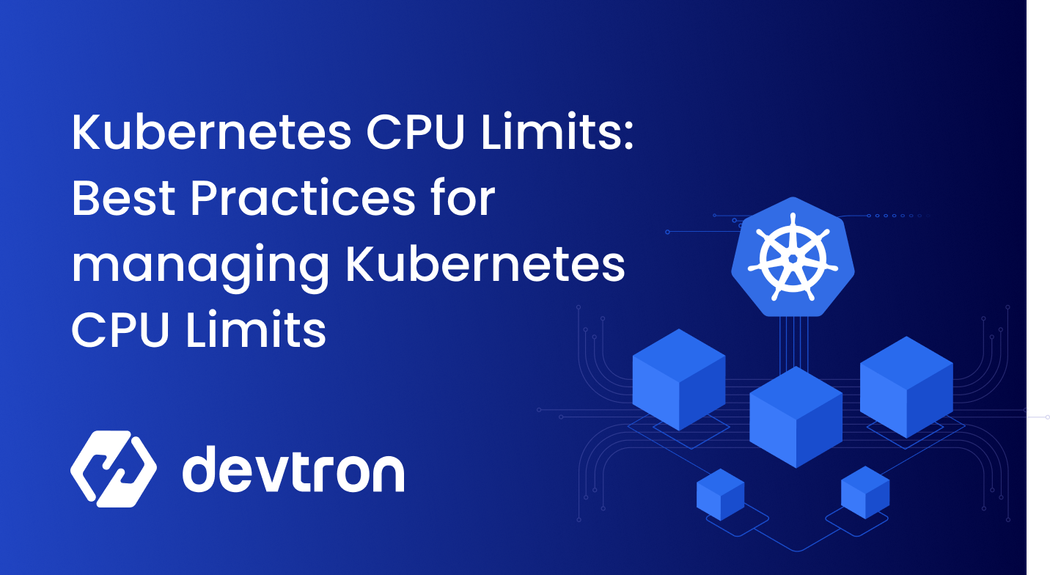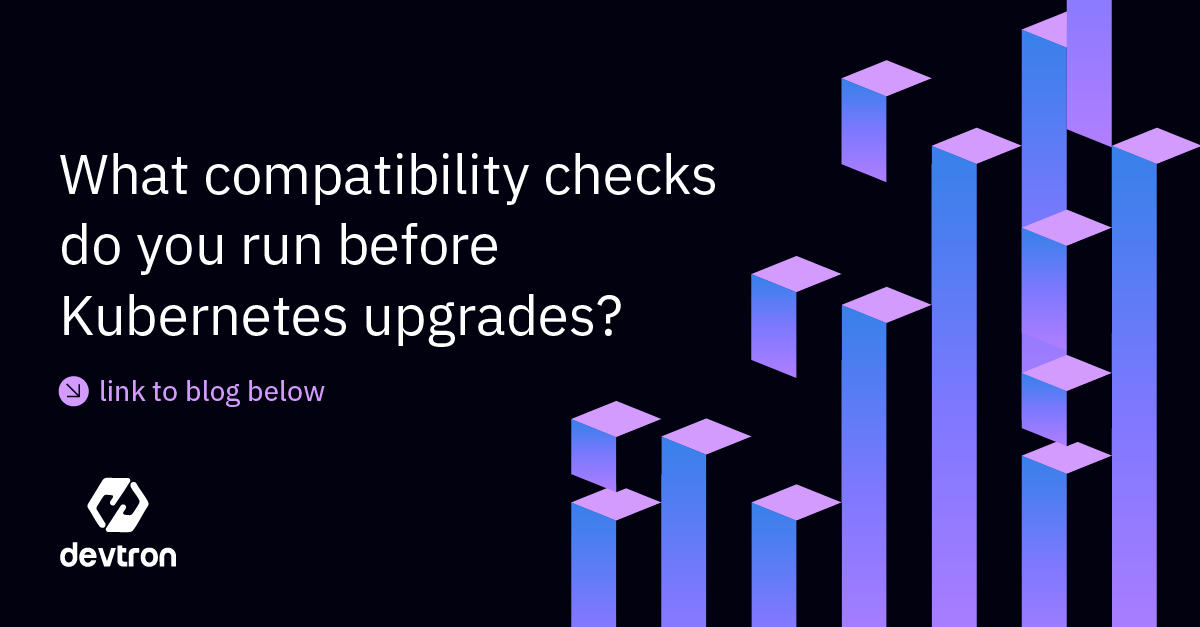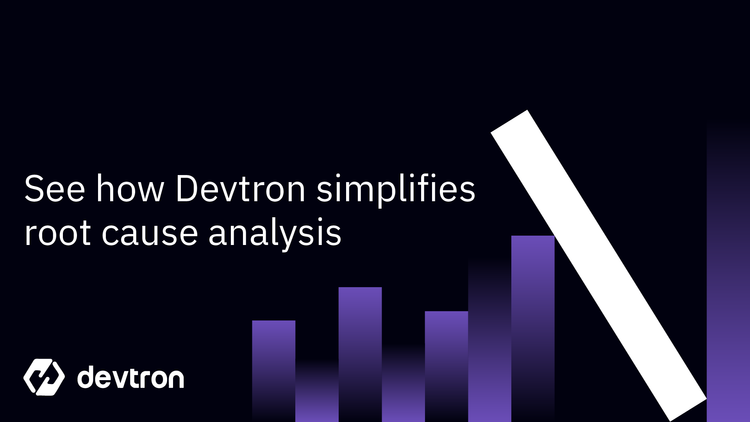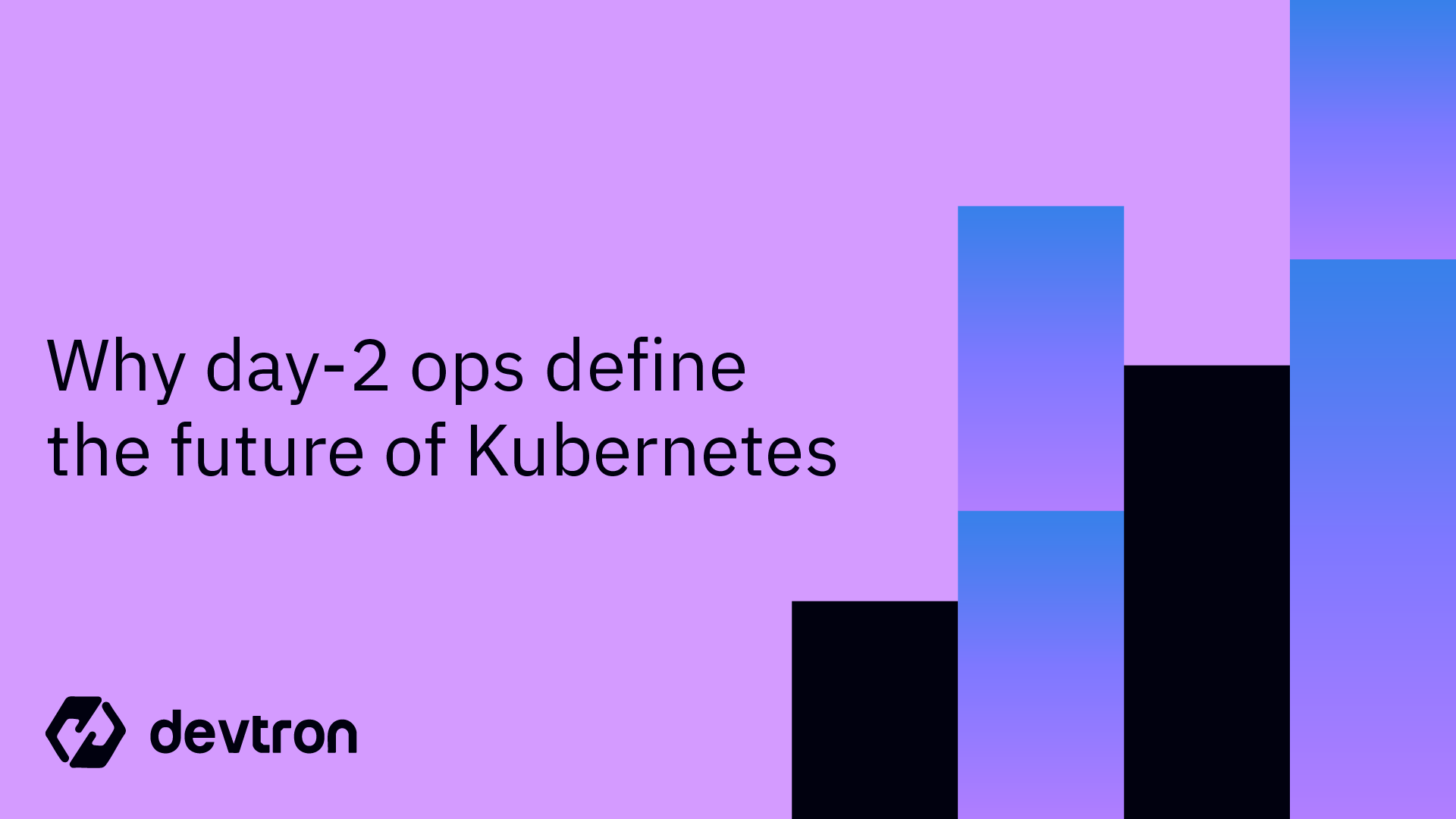When deploying workloads on Kubernetes, managing CPU resources effectively is critical for ensuring performance and stability. One commonly used mechanism for controlling CPU consumption is CPU limits, which define the maximum CPU shares a container can use. While setting CPU limits may seem like a good practice to prevent resource overuse, it has significant downsides that can negatively impact workload performance.
In this article, we’ll explore how CPU limits work, their unintended consequences, and why removing them can lead to better resource utilization and cost efficiency.
How Kubernetes CPU Limits Work
Kubernetes manages CPU allocation through cgroups (Control Groups), which are enforced by the container runtime. These limits dictate the maximum amount of CPU a container can consume, preventing it from exceeding a predefined threshold.
The Linux kernel scheduler, particularly the Completely Fair Scheduler (CFS), ensures that CPU time is fairly distributed among processes. When CPU limits are applied, the container runtime uses cgroups to throttle CPU access, ensuring no container exceeds its assigned quota. Please check our detailed blog to learn about the Kubernetes Requests and Limits.
While this mechanism prevents individual containers from consuming excessive CPU resources, it introduces a major drawback i.e., CPU throttling.
What is CPU Throttling?
CPU throttling occurs when a container reaches its CPU limit and is artificially restricted from using more CPU cycles, even when spare CPU capacity is available.
How does this happen?
- The CFS scheduler allocates CPU shares based on the container's configured limit.
- If a container exceeds this limit, it is temporarily paused (throttled) until its next allocated CPU time slice.
- Even if the node has idle CPU capacity, the container cannot utilize it due to the enforced limit.
Why is CPU Throttling a problem?
- Wasted Resources: Unused CPU cycles remain idle instead of being utilized by throttled workloads.
- Unpredictable Performance: Applications experience delays and performance degradation, particularly during spikes in CPU demand.
- Inefficient Cost Utilization: Instead of making full use of allocated resources, CPU limits create artificial bottlenecks, leading to underutilized infrastructure.
The Myth of CPU Limits for Resource Control
Many assume that setting CPU limits prevents a single container from overwhelming the node. While this is true in theory, it only works if every single container has a CPU limit. If even one container lacks limits, it can still consume all available CPU, causing other workloads to be throttled unnecessarily.
A better approach? Instead of CPU limits, use CPU requests to define the minimum guaranteed CPU a container needs while allowing it to use additional CPU when available.
Best Practices for Kubernetes CPU Management
| ✅ DO | ❌ DON'T |
|---|---|
| Set CPU requests to reserve the necessary resources. | Set CPU limits unless absolutely necessary (e.g., multi-tenant environments with strict isolation). |
| Allow burstable workloads to use additional CPU cycles when available. | Assume that CPU limits always improve stability—they often introduce performance throttling. |
| Monitor CPU utilization using Kubernetes metrics and alerts. |
Conclusion: Remove CPU Limits for Better Performance
If your goal is efficient and cost-effective resource utilization, removing CPU limits is a best practice. Instead of enforcing artificial constraints, let Kubernetes dynamically allocate CPU resources using CPU requests.
By making this simple change, you can reduce throttling, improve application responsiveness, and make full use of your infrastructure investment.
If you need assistance in fine-tuning your cluster’s resource management, feel free to reach out to us on our Community Discord Server! 🚀
FAQ
What are Kubernetes CPU limits?
Kubernetes CPU limits define the maximum CPU a container can use, preventing it from exceeding a predefined threshold and ensuring fair resource distribution.
How does CPU throttling affect Kubernetes workloads?
CPU throttling occurs when a container reaches its CPU limit, causing it to be temporarily paused and unable to use idle CPU resources, leading to wasted capacity and performance issues.
Why should I remove CPU limits in Kubernetes?
Removing CPU limits allows Kubernetes to dynamically allocate CPU resources, reducing throttling, improving performance, and utilizing infrastructure more efficiently.
What is the difference between CPU requests and CPU limits in Kubernetes?
CPU requests define the minimum guaranteed CPU a container needs, while CPU limits set the maximum CPU a container can use. Avoid setting CPU limits unless necessary to prevent throttling.
How can I optimize CPU resource management in Kubernetes?
Set CPU requests, monitor CPU utilization, and avoid CPU limits for better performance, scalability, and resource efficiency in your Kubernetes cluster.







